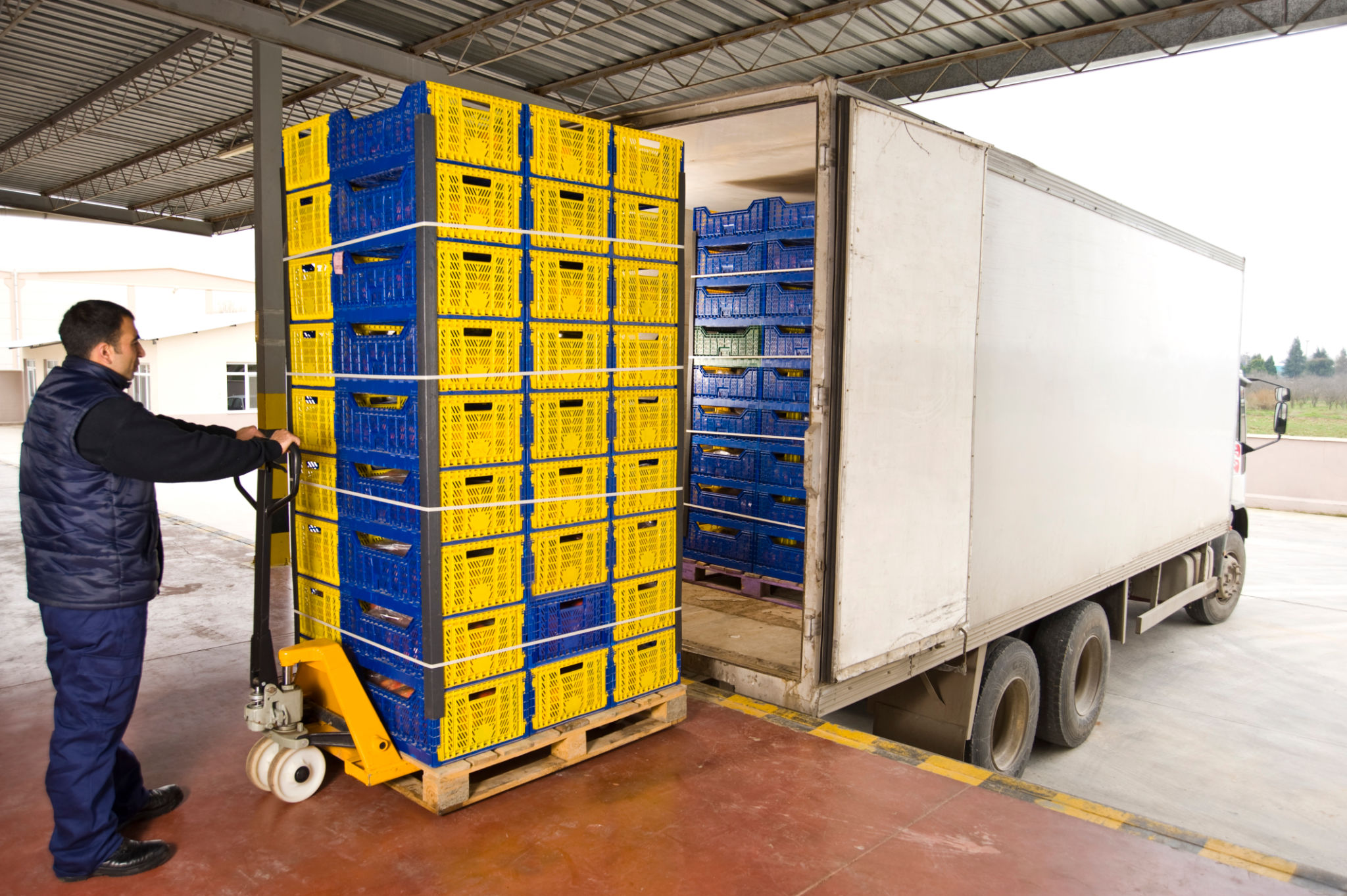Understanding Container Shipping for Fresh Produce: A Beginner's Guide
Introduction to Container Shipping for Fresh Produce
Container shipping is a vital component of the global supply chain, especially for industries dealing with fresh produce. It ensures that fruits and vegetables are transported efficiently and reach the market while maintaining their quality. Understanding how this process works is essential for businesses seeking to optimize their logistics and reduce waste.
In this guide, we will explore the basics of container shipping for fresh produce, including the types of containers used, the logistics involved, and best practices for maintaining freshness throughout the journey.

Types of Containers Used
When it comes to shipping fresh produce, not all containers are created equal. The most commonly used types include:
- Reefer Containers: These are refrigerated containers specifically designed to transport perishable goods. They maintain a controlled temperature and humidity level, ensuring that fruits and vegetables stay fresh.
- Ventilated Containers: Used for produce that requires air circulation, such as onions and garlic. These containers are equipped with side vents to allow for natural ventilation.
The choice of container can significantly impact the quality of the produce upon arrival, making it crucial to select the right type based on the specific needs of the products being shipped.
Logistics of Container Shipping
The logistics of container shipping for fresh produce involve several steps, each critical to preserving the quality of the goods. Here’s a brief overview:
- Packing: Produce must be packed appropriately to prevent damage during transit. This involves using suitable materials and techniques to cushion and protect the items.
- Loading: Proper loading techniques are essential to maximize space and ensure even distribution of weight within the container.
- Transport: The container is shipped via sea freight, which may also involve intermodal transportation such as rail or truck to reach the final destination.

Maintaining Freshness Throughout the Journey
Maintaining freshness is a top priority when shipping fresh produce. Here are some best practices:
- Temperature Control: Monitoring and adjusting the temperature is crucial. Reefer containers come equipped with temperature settings that can be controlled remotely.
- Humidity Management: Proper humidity levels help prevent spoilage and dehydration of produce, maintaining its quality.
- Regular Inspections: Conducting regular inspections during transit can help identify potential issues early and prevent spoilage.
By following these best practices, businesses can ensure that their produce arrives in optimal condition, reducing waste and maximizing profitability.

The Role of Technology in Container Shipping
Advancements in technology have transformed container shipping for fresh produce. Modern containers are equipped with IoT devices that provide real-time data on temperature, humidity, and location. This information allows businesses to make informed decisions and take corrective actions if needed.
Additionally, automated systems and tracking software streamline the logistics process, improving efficiency and reducing human error. Embracing technology in container shipping is not just an option but a necessity for staying competitive in today’s market.
Conclusion
Understanding container shipping for fresh produce is essential for businesses involved in the agriculture supply chain. By selecting the right containers, managing logistics efficiently, and utilizing technology, companies can ensure their products arrive at their destination in peak condition.
This guide provides a foundational understanding for beginners looking to navigate this complex yet crucial aspect of global trade. As the demand for fresh produce continues to grow, mastering container shipping will be key to success in the industry.
